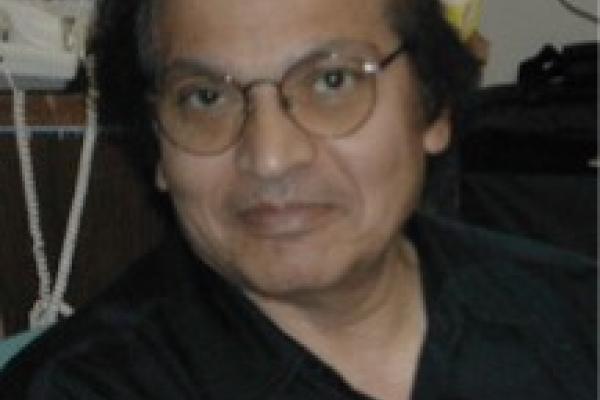
Billion atom molecular dynamics simulations are used to investigate critical issues in the area of structural and dynamical correlations, and reactive processes in nanostructured materials under extreme conditions. Cavitation bubbles readily occur in fluids subjected to rapid changes in pressure. We use billion-atom reactive molecular dynamics simulations to investigate chemical and mechanical damages caused by shock-induced collapse of nanobubbles in water near silica surface. Quantum molecular dynamics (QMD) simulations are performed to study on-demand production of hydrogen gas from water using Al nanoclusters. QMD simulations reveal rapid hydrogen production from water by an Al nanocluster. We are also developing first-principles based computational synthesis software, which aid the synthesis of stacked LMs by chemical vapor deposition (CVD) and liquid-phase exfoliation. The computational materials science software allows the analysis of ultrafast X-ray laser and electron diffraction experiments on LMs at Stanford’s Linac Coherent Light Source (LCLS).
Faculty Host: Mohit Randeria
